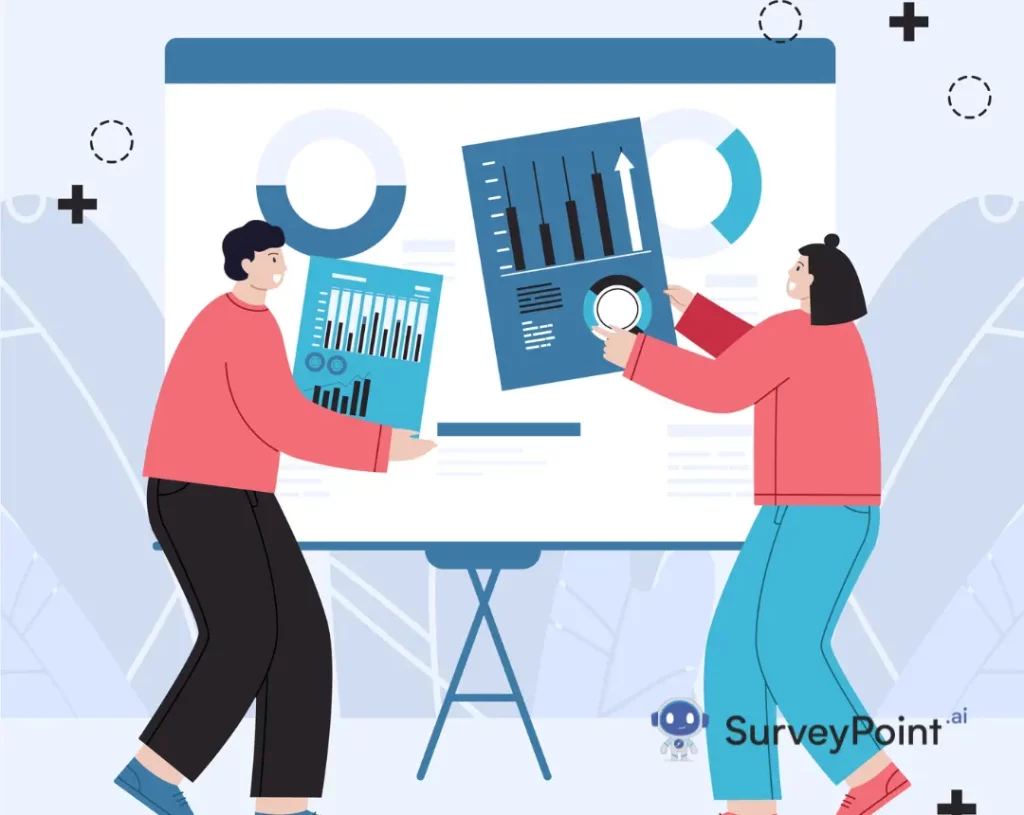
In the fabric of our society lies a phenomenon deeply ingrained yet often overlooked: systemic bias. This comprehensive exploration delves into the intricacies of systemic bias, unraveling its definition, meaning, distinguishing it from individual biases, examining its prevalence, and elucidating its consequences through real-world examples.
Deciphering Systemic Bias: Definition and Meaning
What is Systemic Bias?
Systemic bias, also known as institutional bias or structural bias, refers to ingrained patterns of discrimination or prejudice within institutions, systems, or societal structures. Unlike individual biases, which are held by specific individuals, systemic bias permeates throughout entire systems, perpetuating inequalities and disadvantageous treatment of certain groups or individuals.
Understanding the Definition
Systemic bias manifests in various forms, such as unequal access to opportunities, resources, and rights based on characteristics such as race, gender, socioeconomic status, or ethnicity. It operates covertly, embedded within policies, practices, and norms, often reinforcing existing power dynamics and perpetuating cycles of inequality.
Distinguishing Systemic Bias from Individual Biases
While individual biases stem from personal beliefs, attitudes, or prejudices held by individuals, systemic bias transcends individual intentions, operating at a structural level. It is upheld by collective norms, institutional practices, and systemic barriers that disadvantage certain groups while privileging others.
Distinguishing Factors:
- Scale and Impact:
- Systemic bias operates on a larger scale, affecting entire groups or communities.
- Individual biases are on a smaller scale, impacting interactions between individuals.
- Institutionalization:
- Systemic bias is ingrained in the structures and systems of society or organizations.
- Individual biases may or may not be reflective of broader systemic issues.
- Intent vs. Outcome:
- Systemic bias can exist without individual actors intending to discriminate; it’s embedded in structures.
- Individual biases often involve conscious or unconscious discriminatory intent.
- Addressing Strategies:
- Addressing systemic bias requires structural changes, policy reforms, and systemic awareness.
- Combating individual biases involves education, awareness, and personal reflection to change attitudes and behaviors.
- Persistence:
- Systemic bias can persist even when individual actors within the system are not personally biased.
- Individual biases can perpetuate systemic bias but may change more rapidly through individual awareness and education.
Exploring Selection Bias vs. Information Bias
Selection Bias
Selection bias occurs when certain individuals or groups are systematically excluded or underrepresented in a study, sample, or dataset, leading to skewed or inaccurate conclusions. It can arise from sampling methods, participant recruitment, or data collection processes, distorting the validity and generalizability of research findings.
Information Bias
Information bias, on the other hand, occurs when there are systematic errors or inaccuracies in the data collected or analyzed. This can result from measurement errors, misclassification of variables, or biased reporting, leading to distorted interpretations and flawed conclusions.
Illustrating Systemic Bias through Examples
Systemic bias can be illustrated through various examples across different aspects of society. These examples highlight how structures, policies, and practices can lead to unequal outcomes for certain groups. Keep in mind that these examples may vary in different contexts, and the intent is to demonstrate the concept of systemic bias. Here are a few examples:
- Criminal Justice System:
- Example: Racial profiling and biased sentencing.
- Illustration: If law enforcement disproportionately targets and arrests individuals from specific racial or ethnic groups, and if the judicial system imposes harsher sentences on these groups, it contributes to a systemic bias against those communities.
- Education:
- Example: School funding disparities.
- Illustration: If schools in lower-income neighborhoods receive less funding than those in wealthier areas, students in the former may have limited access to quality education, perpetuating a cycle of disadvantage for certain communities.
- Employment:
- Example: Gender pay gap.
- Illustration: Even when individuals within a company are not explicitly biased, if there are systemic factors that result in lower pay for women compared to men for the same work, it indicates a systemic bias within the organization.
- Healthcare:
- Example: Disparities in healthcare access.
- Illustration: If certain communities have limited access to quality healthcare facilities, it leads to health disparities. This can be due to historical factors, geographic location, or economic conditions, resulting in a systemic bias against those communities.
- Housing:
- Example: Redlining.
- Illustration: Historical redlining practices, where certain neighborhoods were systematically denied financial services based on racial composition, have long-lasting effects. This contributes to disparities in housing opportunities and wealth accumulation, creating systemic bias.
Conclusion: Challenging Systemic Bias for a Fairer Future
Systemic bias, with its pervasive influence on institutions and societies, poses significant challenges to achieving equity, justice, and social progress. By recognizing the existence of systemic bias, understanding its mechanisms, and confronting it through deliberate efforts to reform policies, dismantle discriminatory structures, and foster inclusive practices, we can strive towards a fairer and more equitable future for all. Let us stand together in challenging systemic bias and building a world where every individual is afforded dignity, respect, and equal opportunity, irrespective of their background or identity.




